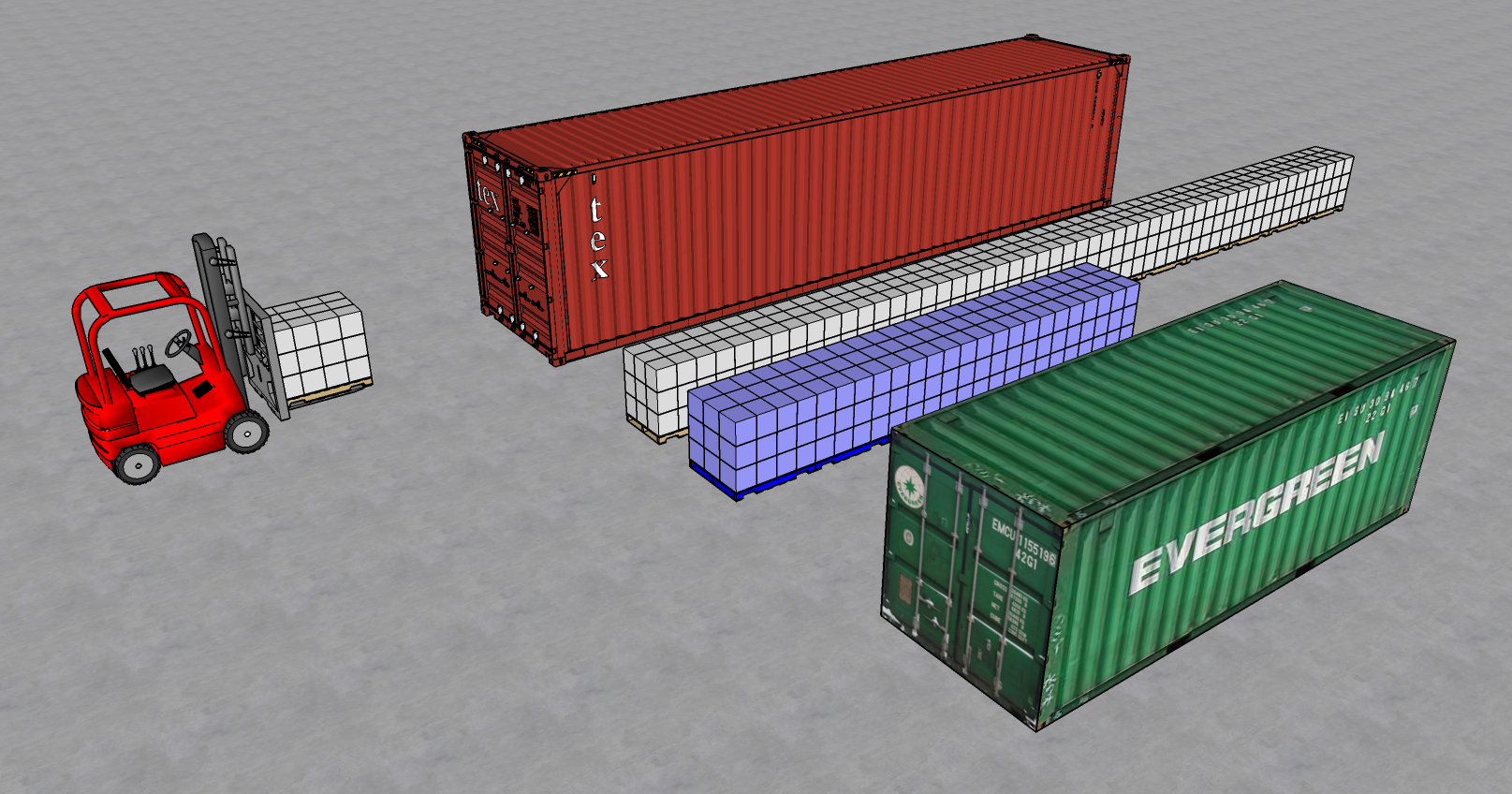I am after some code/advice for Access.
I have a list of Order Numbers(Unique) and what cubic metres that each are, I also have a cost benefit per Order.
I would like to run some code to be able to find every combination of Orders but within a given constraint of Cubic size (65Cube) to find the most cost effect mix of Orders in the minimum amount of results (Lowest Container Loads)
So if I had for instance 9x PO's below, in this case due to them all being 20Cube, the minimum you could build would be 3 containers, but which combo would (not duplicating) output the highest cost benefit.
11111 20Cu £600
22222 20Cu £2,500
33333 20Cu £30,000
44444 20Cu £10,000
55555 20Cu £300
66666 20Cu £23,000
77777 20Cu £50,000
88888 20Cu £100
99999 20Cu £1,000
There are 84x Combinations in this case and top three would be:
333333 666666 777777
222222 444444 999999
111111 555555 888888
In the real case, there shall be 1800+ PO's and all of different cube.
I have a list of Order Numbers(Unique) and what cubic metres that each are, I also have a cost benefit per Order.
I would like to run some code to be able to find every combination of Orders but within a given constraint of Cubic size (65Cube) to find the most cost effect mix of Orders in the minimum amount of results (Lowest Container Loads)
So if I had for instance 9x PO's below, in this case due to them all being 20Cube, the minimum you could build would be 3 containers, but which combo would (not duplicating) output the highest cost benefit.
11111 20Cu £600
22222 20Cu £2,500
33333 20Cu £30,000
44444 20Cu £10,000
55555 20Cu £300
66666 20Cu £23,000
77777 20Cu £50,000
88888 20Cu £100
99999 20Cu £1,000
There are 84x Combinations in this case and top three would be:
333333 666666 777777
222222 444444 999999
111111 555555 888888
In the real case, there shall be 1800+ PO's and all of different cube.

